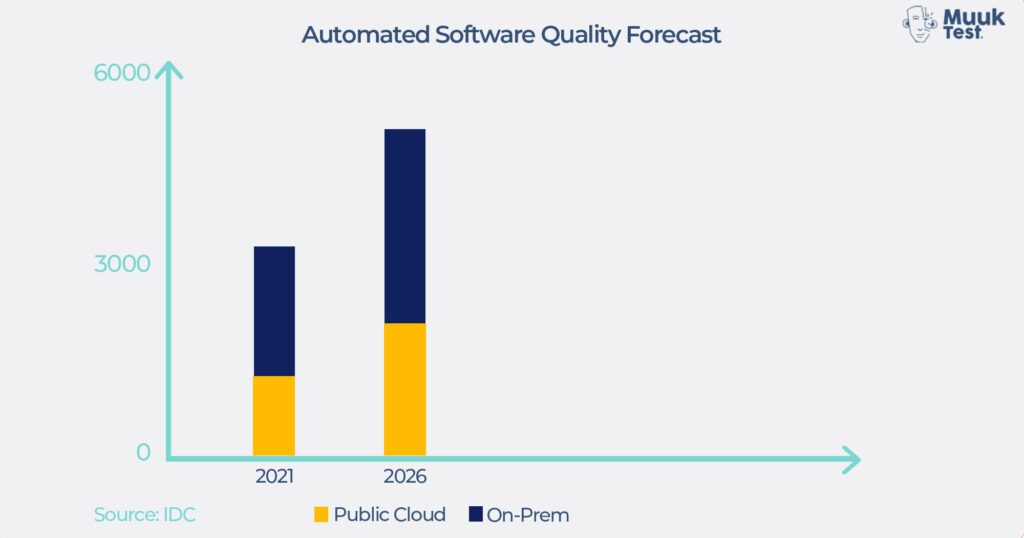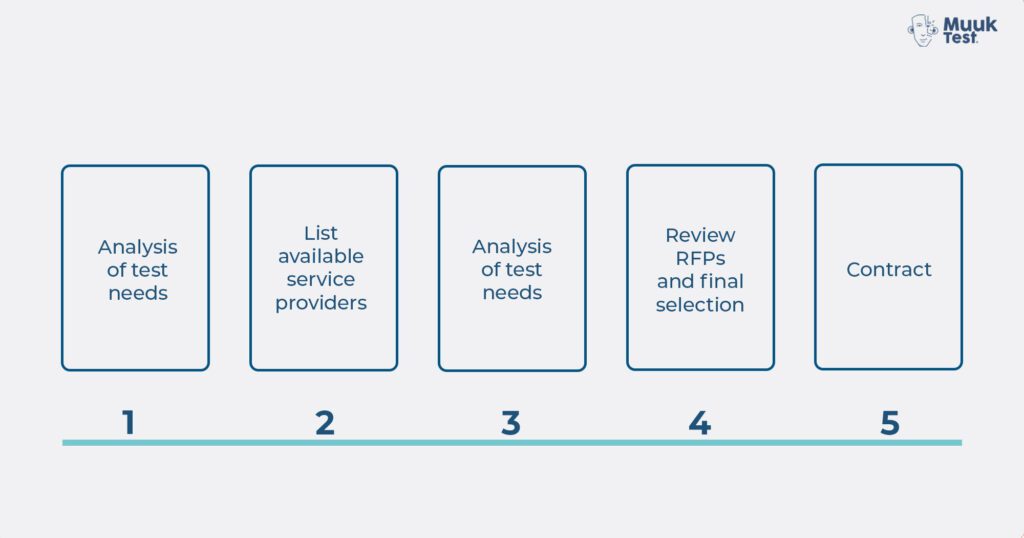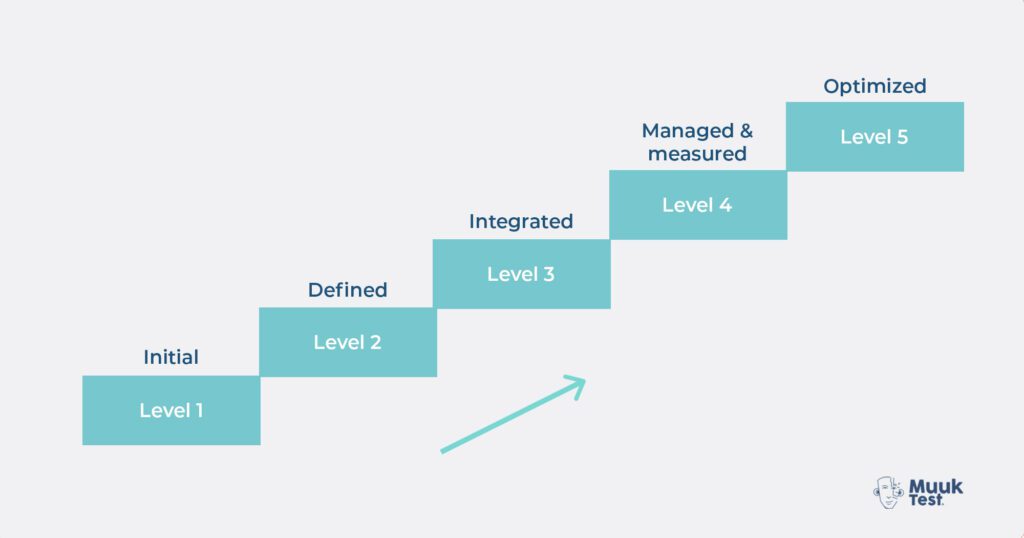In today’s world, software is integral to nearly every aspect of business and life— from smartphones and tablet computers to financial institutions and aircraft control systems. Software companies must ensure that their code adheres to the highest standards of quality, efficiency, and security to maintain customers’ trust. However, achieving this goal can be challenging given the sheer number of product features that must be tested. This is why having a plan for software testing that might include some form of partnership with a provider of Quality as a Service (QaaS) should be considered somewhat early on.
Application testing is the most critical activity in the development lifecycle. Even a small glitch in the solution can lead to financial loss, eventually causing a loss of reputation. Let me walk you through some unpleasant software hiccups.
- Users of TikTok were given the incorrect follower/following count in May. This issue certainly seems minor. However, the #TiktokDown hashtag on Twitter had a significant impact on the share price of the company.
- The infamous Log4J software bug set the internet on fire, leaving many web servers vulnerable to attack.
- A significant privacy breach occurred in May when Chase Bank customers’ personal information was disclosed to another customer.
- A memory leak at Bitcoin Unlimited caused the fall of 600 nodes.
Businesses frequently have software issues; however, failures of safety-critical programs make for the most upsetting and heartbreaking news. In today’s software development environment, many things compete for limited resources, and quality testing is often overlooked in favor of other aspects. Companies might have prevented all the terrible occurrences if their software had undergone rigorous testing.
In a world of poor customer service and data breaches, it’s no surprise that many companies are opting for quality as a service (QaaS). Instead of hiring expensive internal resources to test their applications, companies can outsource the testing process to managed software test providers (MSPs). Quality as a service (QaaS) can improve organizational agility by allowing teams to move quickly between projects. Managed service providers can help businesses save money because they handle routine tests, freeing time for more strategic activities.
QaaS Through Managed Test Partners
In the past, time and money built methodically constructed teams from the ground up. Recruiting talent and onboarding them takes anywhere between 4-12 weeks. Businesses need to maintain speed and quality at scale now more than ever. Outsourcing software testing services with a managed partnership approach has proven effective in rapidly delivering complex software.
There are many benefits to a business when they have a managed test partner. A managed test partner can do end-to-end testing on the application and provide valuable feedback before the product launches in order to fix any bugs before release. Knowing the gaps and issues in advance can prevent quick fixes from coming at later stages of development.
Traditional test practices have taken a back seat since the introduction of DevOps. Frequent code deployment necessitates additional testing activity to ensure code quality. The power of shifting left can only be realized if teams use test automation. To achieve this continuous code quality at a lower cost, businesses are opting for automated testing services.
According to the recent IDC reports, the automated software quality market segment is estimated to grow:
- CAGR 14.3% in the public cloud segment by 2026.
- CAGR 4.9% in on-premise segments by 2026.
In this global economic competition with new digital innovations, businesses have to channel the team focus on building new concepts and ideas, outsourcing the regular maintenance activities. With software quality and cost in mind, how can one determine the best reliable managed service partner to outsource quality as a service (QaaS)?
A generic 5 step vendor selection process can help:
Identifying potential vendors is a difficult and time-consuming task for any organization. There are many vendors out there who offer similar services, but not all.
Some of them are great at what they do. Knowing the right criteria to choose the right testing partner service for your organization is important.
TPT Model for Managed Partner Selection in Software Testing
The following are the primary factors that businesses should look for when selecting an MSP for software testing.
Test Maturity
The Software Test Maturity Model (STMM) is a set of stages that shows the maturity of an organization’s testing process. This model is not an absolute scale where one automatically becomes more mature as they move up the ladder. In fact, the STMM
is not really a ladder but a spiral. One can always improve their process by implementing better test practices and by adopting new tools and methods. The STMM is based on a popular model of software processes called CMM or Capability Maturity Model. The CMM was designed to help organizations improve their software processes but was never intended to be used as a maturity scale. The STMM is a more generalized adaptation of the CMM, with test practices added and some of the infrastructure practices removed.
Software testing being the most important activity, it is essential to support the tests with dependable processes to produce solid test results. As a business leader, one should gain insights into the service partner’s strengths and weaknesses in software test implementations. STMM is a quick litmus test for managed partners’ maturity level in their testing services.
Higher STMM maturity improves the efficacy of testing. One of the core principles of TMM is bug prevention. Software test providers that help businesses prevent bugs are more valuable.
Automation Maturity
Automation is not a silver bullet, but it’s a crucial step in the continuous delivery pipeline that helps ensure quality. Automation can play a role in monitoring and control, as well as reducing manual errors. It can also be leveraged to help with test planning and execution and as a benchmarking tool for measuring the performance of the tests. Managed service partners should be capable of meeting quality goals at speed. The capability to support test automation with good coverage in less time is a must for managed service providers. Businesses expect that MSPs can deliver automation at scale and provide a robust process. There’s no point in creating an automation tool if you can’t keep pace with the dynamically growing requirements of your test suite.
Process Maturity
Managed Test service providers offer a wide range of test services for businesses.
- Rapidly scaling their test automation offerings
- Capacity planning
- Pipeline management
- Technical staff recruitment
- Training
In order to achieve results at max potential, service providers should have built strong supporting processes. It’s important to know what processes are being used, who is involved in each step, and what tools are used. Evaluating the service provider’s process maturity is important because it helps you to understand how well your team is aligned and communicating. It will also help you to identify areas for improvement. If a new service provider starts with a low level of process maturity, they are more likely to have mistakes and bottlenecks.
Final Thoughts
Software testing is a challenging job. Good knowledge of testing needs and the latest testing tools are a must for professionals to get quality work done. To make sure you get these things, you need to partner with the best-managed service provider.
Establishing a partnership with a vendor can be a tricky affair. You need to get things right from the beginning. You need to find a vendor that is flexible in shifting projects and offers great recruitment and retention plans. We hope this blog gives you good insights on what to look for when choosing a managed service test partner.


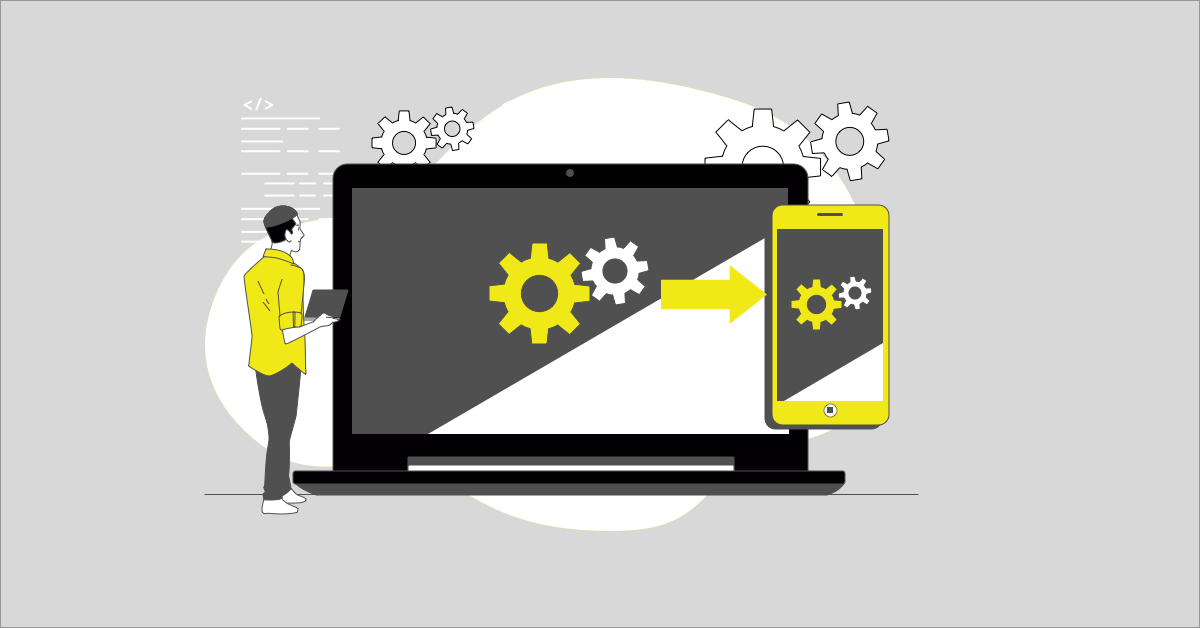
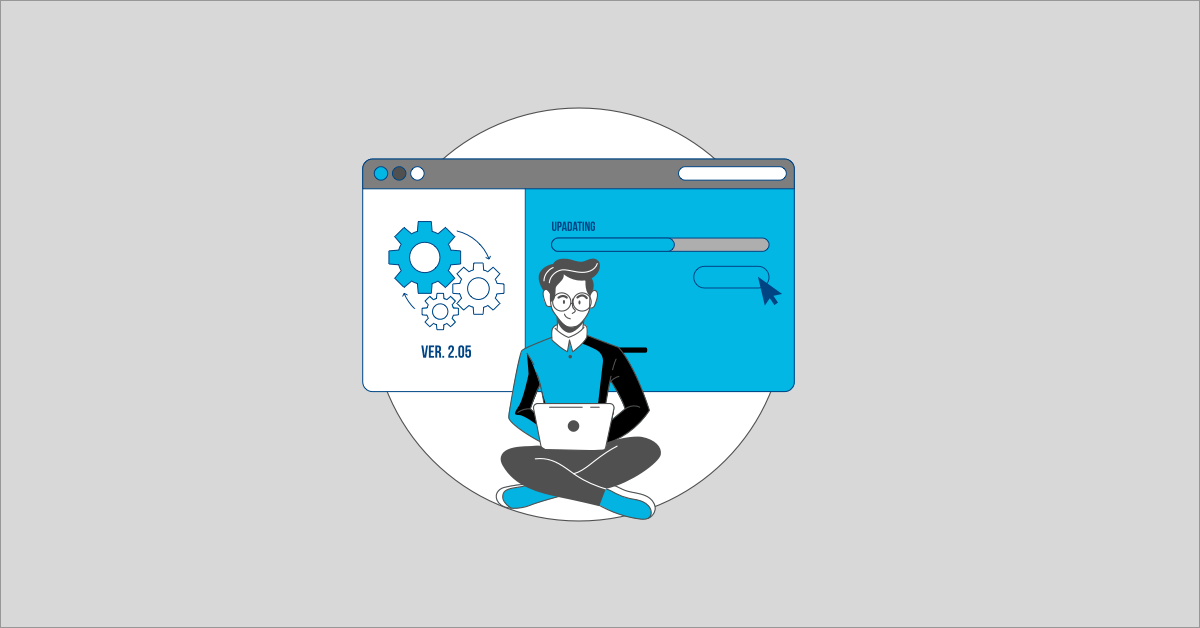
%20(1).png?width=150&height=69&name=MuukTest-logo---light-background%20(3)%20(1).png)

